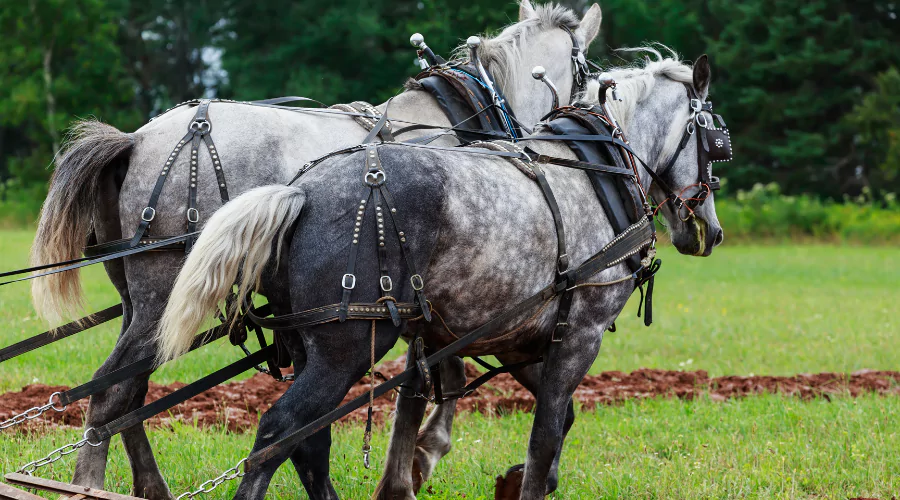Draft horses are the behemoths of the equine realm, praised for their massive power, unshakable temperaments, and long history as human work companions. While frequently overlooked by their sleeker, more well-known equestrian counterparts, studying and respecting draft horses reveals a centuries-long legacy and flexibility unparalleled by any other equine group. From the legendary Percheron to the seldom-seen Boulonnais, this complete reference to eight strong Draft horse breeds will shed light on their distinct characteristics and historical importance.
Origins of the Draft Horse
Before delving into the wide world of draft breeds horses, it is critical to understand where these amazing beasts came from. Draft horses are a subsection of the equine lineage that has served as loyal human companions in industry, agriculture, and transportation for millennia.
These powerful horses, known as working horses in Europe and Asia, were employed for chariot hauling and hard labor. The subsequent introduction of these horses into the New World by immigrants from diverse places altered the agricultural environment and played a critical part in America’s westward development.
Draft horses pull horse breeds and have long been linked with hard labor. Their strong frames, incredible endurance, and cooperative temperament made them ideal for jobs ranging from plowing fields and pulling carriages to working in mines and transporting heavy weapons. The employment of draft horses declined as technology advanced, but their legacy lives on in rural regions, historical farm fairs, and in the hearts of horse fans worldwide.
The Mighty Workhorses: 8 Draft Horse Breeds to Remember

Percheron
The royal Percheron leads our list, distinguished by its beautiful profile and iron-gray coat. The Percheron originated in the Perche area of northern France, and its prowess was first recognized in Roman times. Percherons, known for their intelligence and versatility, established themselves in sectors such as forestry and municipal responsibilities. Because of their mild nature, they are often considered competitive pulling and therapy horses.
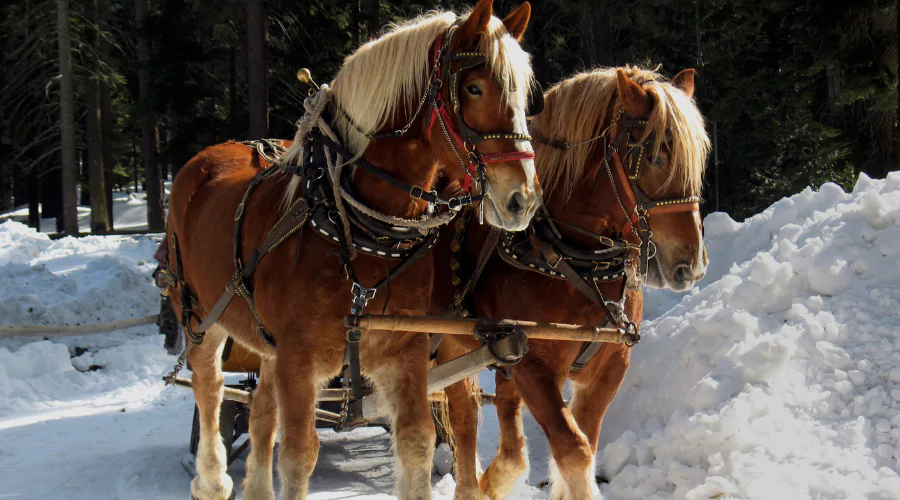
Belgian
The Belgian horse, known for its beautiful chestnut coat and muscular muscle, represents strength and perseverance. These gentle giants originate in Belgium’s Brabant area and are often regarded as the strongest of all draft breeds. They were important in postwar rehabilitation efforts and are now widely used in agriculture worldwide. Belgians are known for their friendly nature and are popular in exhibitions and festivals because of their imposing size.
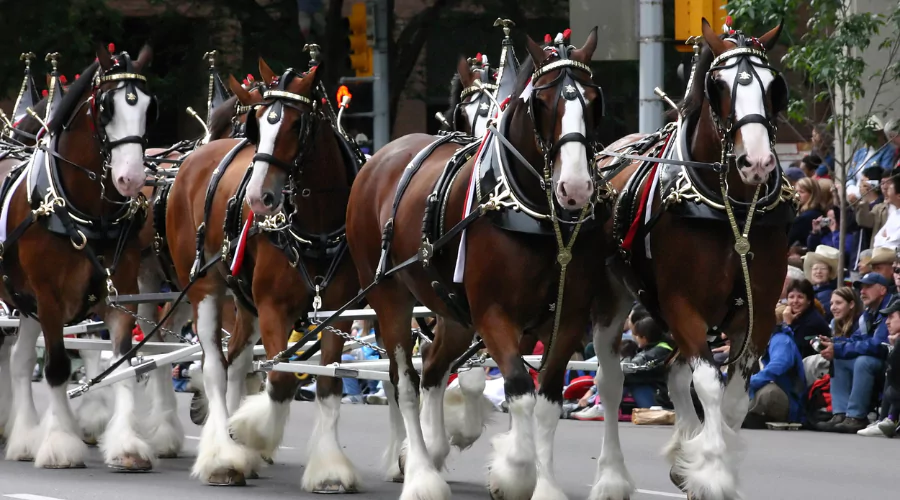
Clydesdale
The Clydesdale, with its distinctive ‘feathering’ (long hair) on the lower legs and huge white markings, is perhaps the most identifiable of the draft breeds. The Clydesdale horse originated in South Lanarkshire, Scotland, and was bred to enhance local workhorses. Over time, their use expanded to include agricultural, coal haulage, and military duty. They are well-known as the faces of a certain beer brand, owing to their distinctive look and symbolic significance to their Scottish ancestry.
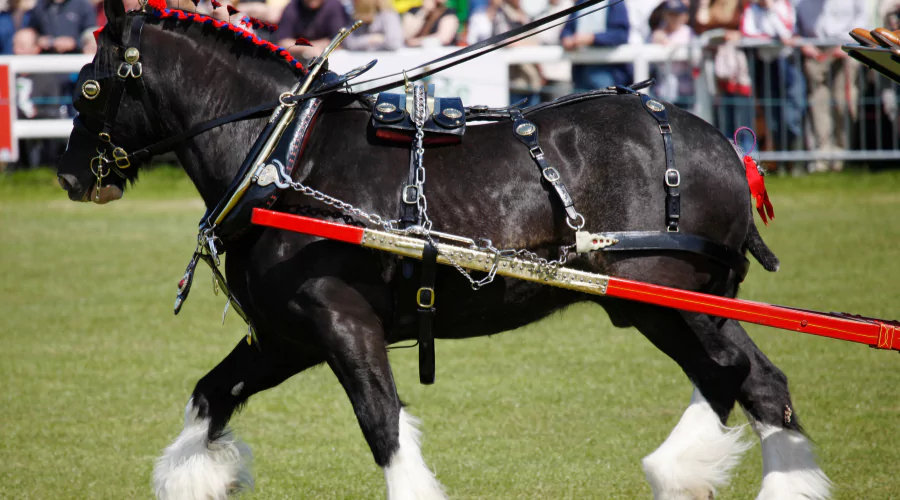
Shire
The Shire dates back to the Middle Ages and is England’s most significant contribution to the world of draft horses. Shires, resplendent in black, gray, or bay coats, are noted for their kind demeanor and height, which may grow over 18 hands high. The Shire, traditionally the preferred horse among English farmers and brewers, has a mild disposition and makes a good family horse. While their population has plummeted, they remain a sight in parades and agricultural displays.
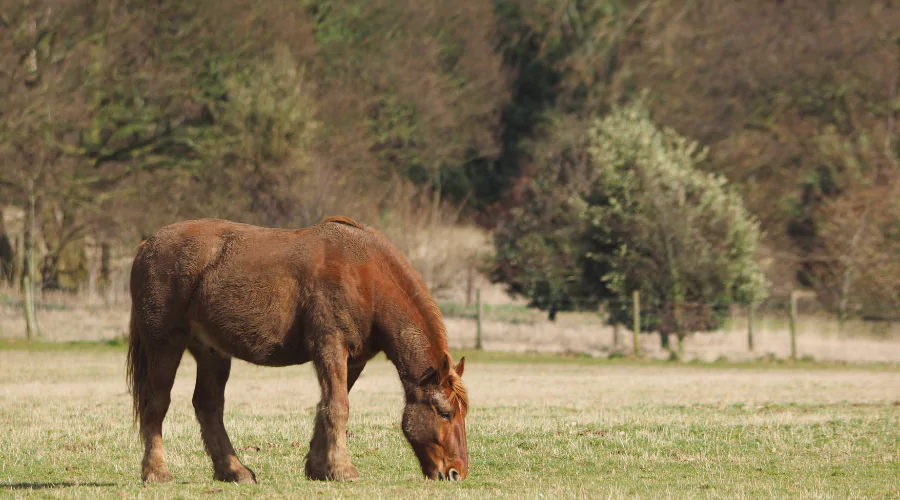
Suffolk Punch
The Suffolk Punch, sometimes called the “Suffolk,” is England’s oldest heavy horse breed. Suffolk Punch horses stand out with their distinctive reddish-chestnut coat, whiter mane, and tail. The story of this horse began in the 16th century when it was utilized in the agricultural fields of East Anglia, where it was known for its ability to handle the region’s hard clay soil. Their numbers are dangerously low, and efforts to protect the breed have been organized internationally to assure their survival and continuing contribution to agricultural techniques.
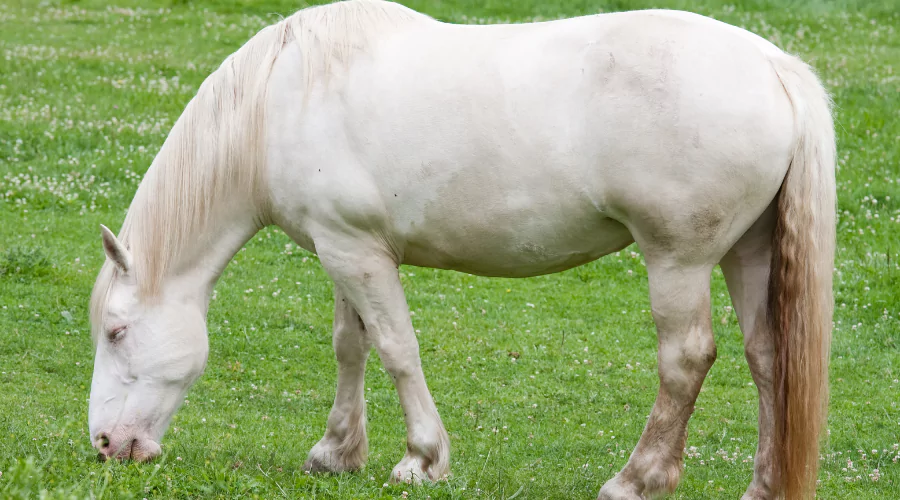
American Cream
The only American breed on our list, the American Cream, exemplifies the draft horse’s history in the United States. The American Cream horse, developed in Iowa in the early twentieth century, is distinguished by its distinctive cream color and pink skin, characteristics not seen in other draft breeds. The species’s versatility and adaptability rapidly made it popular, but unfortunately, its numbers have plummeted, and it is now considered a rare breed. Conservation breeding efforts strive to keep these gentle giants in numbers and preserve their history.
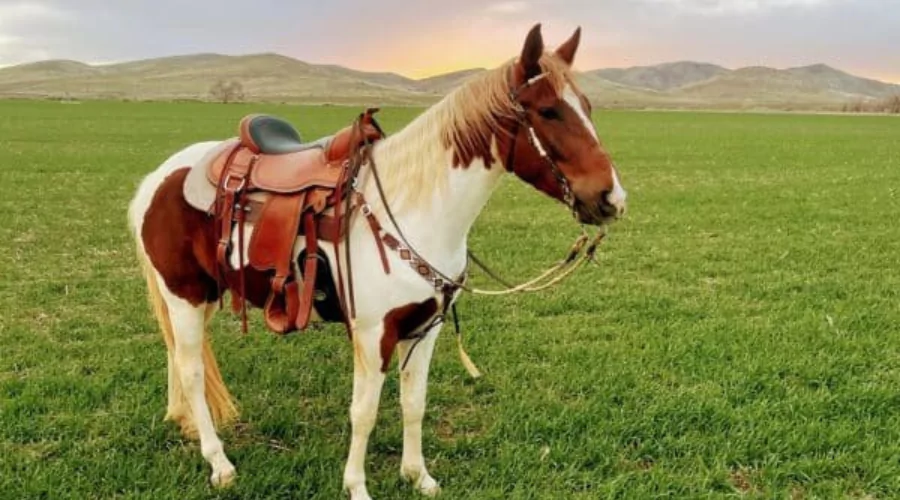
Shiloh
The Shiloh breed, also known as heavy draft horse breeds, is from the southern state of Georgia in the United States and is a living symbol of the region’s agricultural past. These strong workhorses, named after the rolling hills of neighboring Shiloh, were popular among farmers because they could survive the region’s hot, humid environment and undertake difficult chores such as plowing and hauling carts. Despite its tiny population, the Shiloh passionately claims its role in the history of American draft horses.
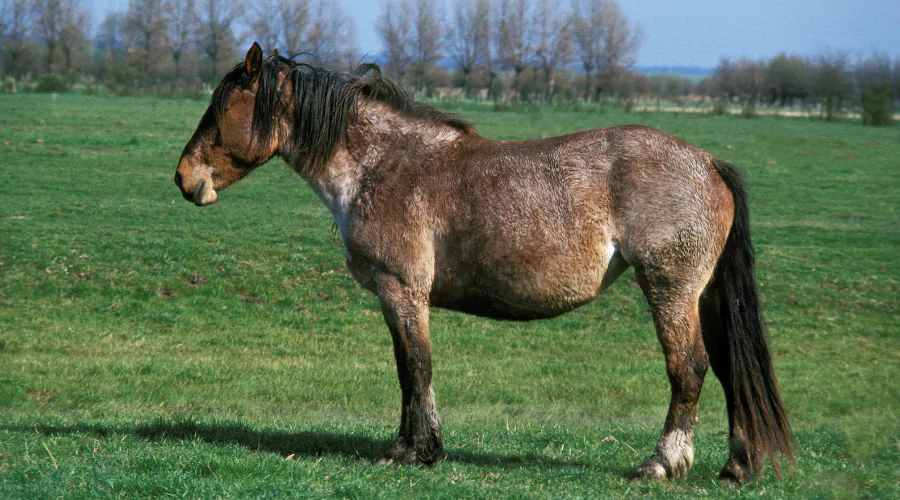
Boulonnais
Boulonnais, a lesser-known but equally outstanding team, completes our lineup. These horses are native to the Boulonnais area of northern France and have a striking white coat that has won them positions in historical reenactments and as carriage horses. The Boulonnais have a long history of military service, and their distinctive look and strength make them a fascinating and respected aspect of French equestrian culture.
Conclusion:
In a world that is continuously changing, the job of the draft horse may seem old-fashioned to some. However, the memory of these magnificent equines continues to pervade human history, building links between past and present, technology and tradition, and work and love. As we reflect on the eight draft horse breeds discussed in this article, it becomes clear that they are more than simply animals; they are living examples of the natural human yearning for cooperation, advancement, and preservation.
FAQs
What are the common health concerns for draft horses?
Like other equines, Draft horses are prone to various health concerns, including colic, laminitis, and obesity. Their size may also cause joint and bone issues. Therefore, it is critical to supply them with sufficient nourishment and a comfortable living environment.
Can a draft horse be ridden, or are they only for pulling?
Despite their image as workhorses, several draft breeds can be ridden. They may not be as agile as lighter horses, but their robustness and calm temperament make them ideal mounts for leisurely rides.
What kind of home does a draft horse need?
Draft horses need large spaces to move about. Strong fences, weather protection, and enough food are all required. Proper stabling and frequent exercise are essential for their health and well-being.
How long do draft horses live?
Draft horses may often survive into their late twenties or thirties with adequate care. Some have lived to over 30 years old, making their extended lifespans a prized characteristic among their fans.
What kind of diet is best for draft horses?
A draft horse’s diet should include high-quality food such as hay and pasture grass. Supplemental feed may be required based on the horse’s effort and the nutritional value of the forage. Adequate water intake is also important.
You May Also Like:
The Beauty Black Horse Breeds
10 Beautiful Russian Horse Breeds
The Magnificent Family of Mexican Horse Breeds
Top 6 Big Horse Breeds | Horsesteps
Best 6 North American Horse Breeds
